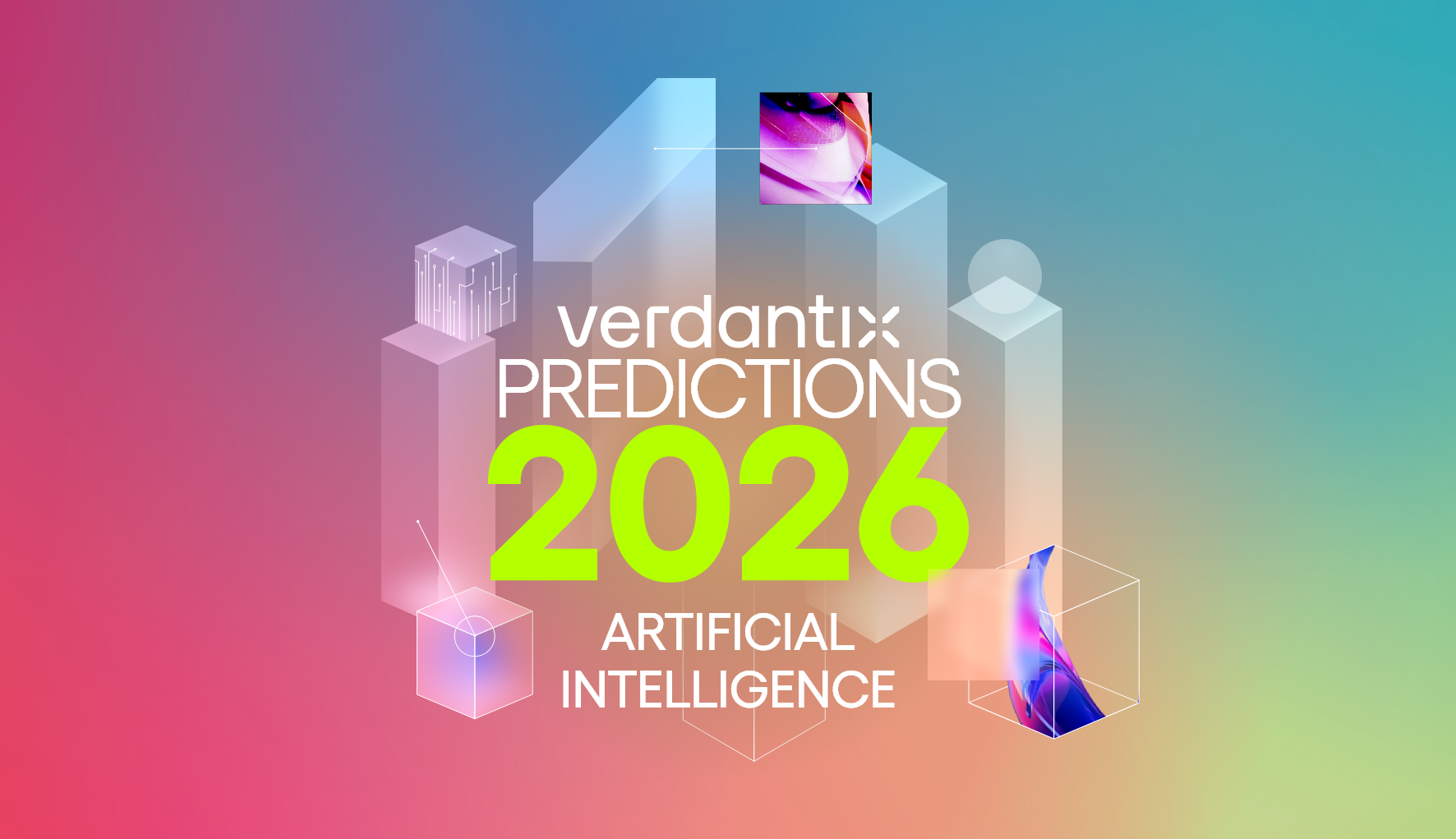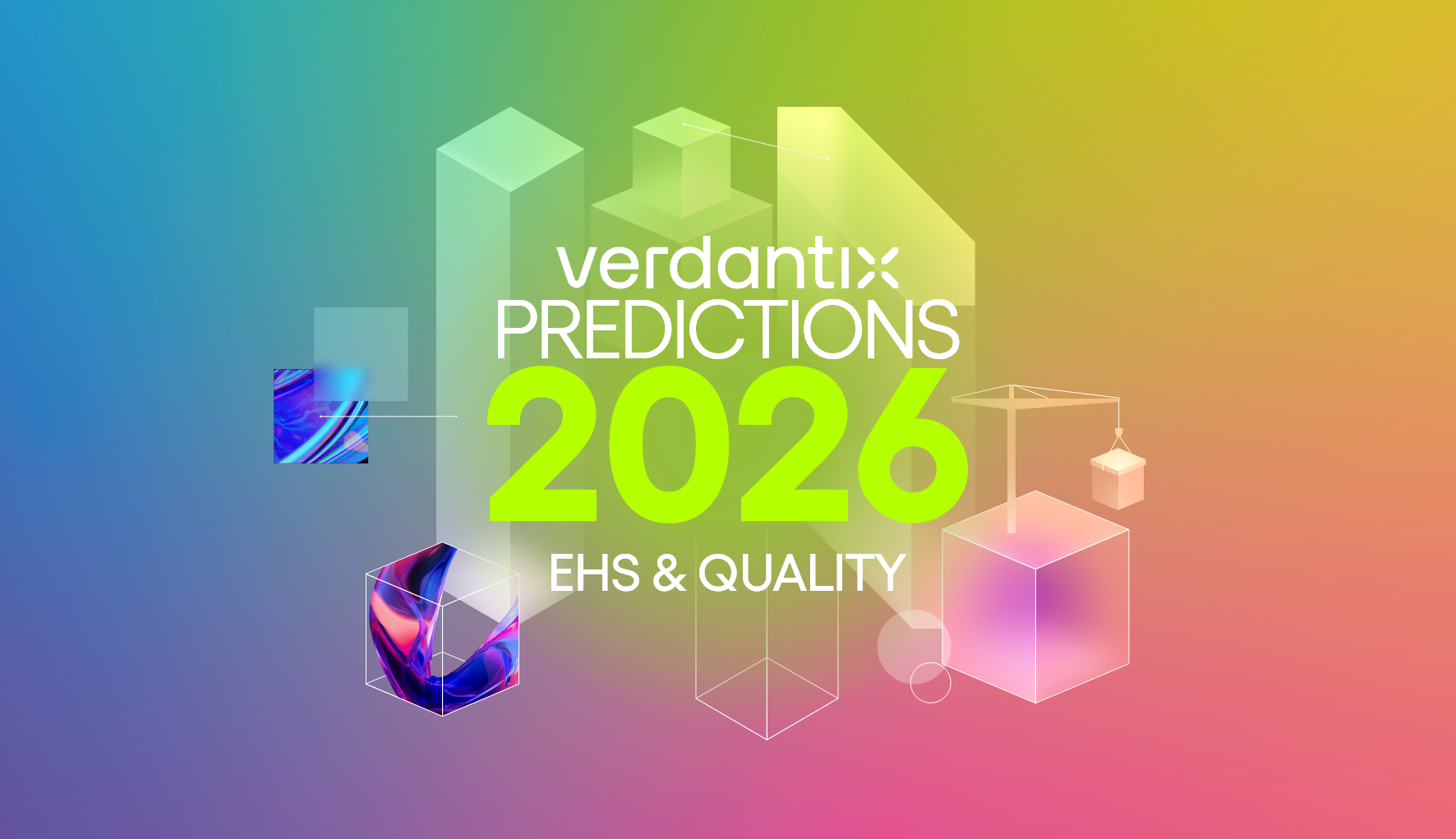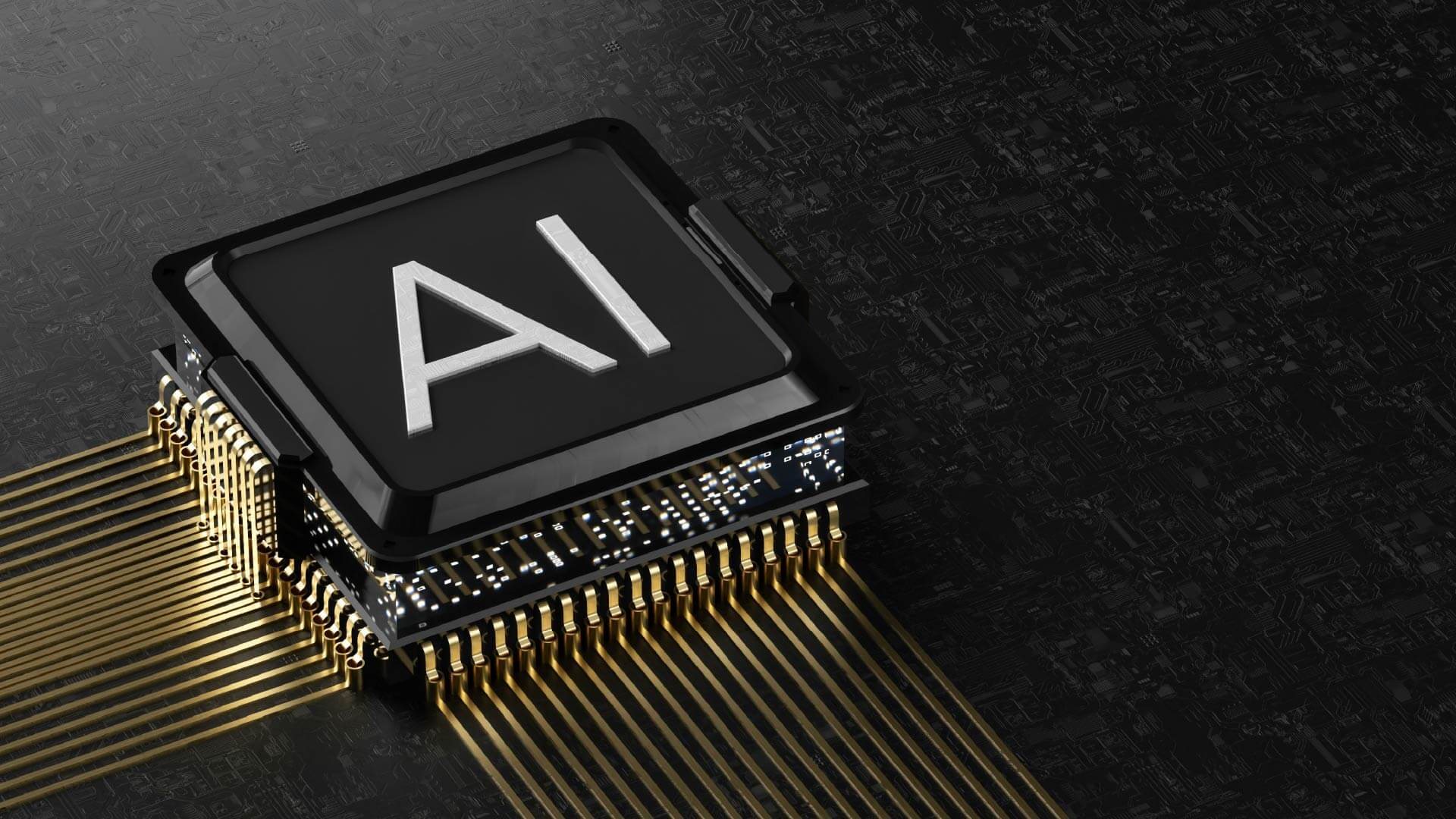Augmenting The Already Augmented: From RAG To GraphRAG For Agentic AI
As enterprises shift from generative AI applications to autonomous agents, the weaknesses of current data architectures are becoming increasingly apparent. Agents require durable memory to maintain context across interactions and auditable reasoning to ensure trust and compliance. The standard retrieval-augmented generation (RAG) approach, which relies on fetching isolated text snippets, is insufficient for the complex reasoning enterprises now demand, creating a significant opportunity for solutions built on the more powerful, interconnected knowledge of GraphRAG.
GraphRAG represents a specialized form of RAG that structures external knowledge as graphs rather than unprocessed text chunks. Instead of retrieving documents based solely on vector similarity, GraphRAG organizes concepts as nodes and their relationships as edges. This fundamentally changes the retrieval process from being purely semantic to relational, where space (or lack thereof) indicates relational ‘closeness’. If you want to get a little technical, see this paper published by Google DeepMind in August 2025 on the limitations of embedding-based retrieval systems. Embeddings can only capture a finite amount of nuance, and top-k cutoffs frequently discard related facts – GraphRAG directly addresses these shortcomings by explicitly capturing the links between entities in graph format, rather than tabular. This structural difference is crucial as agent queries become narrower and involve multiple steps: a scenario where naïve RAG often fails to deliver the necessary precision and depth. Furthermore, the auditability of GraphRAG provides a significant advantage in regulated fields, where decisions demand clear explanations. While chain of thoughts (CoTs) can fail to capture a model’s full 'thought process', GraphRAG can provide an explicit and traceable path through the retrieved subgraph.
This technological shift is reflected in the enterprise data management platform market, where a convergence is occurring. Established knowledge graph vendors like Neo4j and TigerGraph are positioning their platforms to support advanced AI agents. In parallel, vector database providers such as Weaviate and frameworks like LlamaIndex now incorporate graph-based functionality into their RAG offerings. This trend highlights a widespread recognition that the relational reasoning enabled by GraphRAG is increasingly becoming vital for complex, multi-agent systems.
However, both enterprises and vendors should note that the performance gains of GraphRAG are dependent on the complexity and ongoing maintenance of the underlying knowledge graphs. For low-stakes applications like simple chatbots, the cost and simplicity of naïve RAG make it the more practical choice. Verdantix is seeing the value of GraphRAG become apparent when deploying autonomous agents for complex, high-stakes tasks in environments like financial fraud detection, industrial asset management and pharmaceutical research.
Enterprises should view GraphRAG as a powerful complement to naïve RAG, to be deployed strategically when an agent's tasks demand deep and auditable reasoning. To learn more about transformative AI, visit the Verdantix AI Applied Insights page.
About The Author

Aleksander Milligan
Analyst





